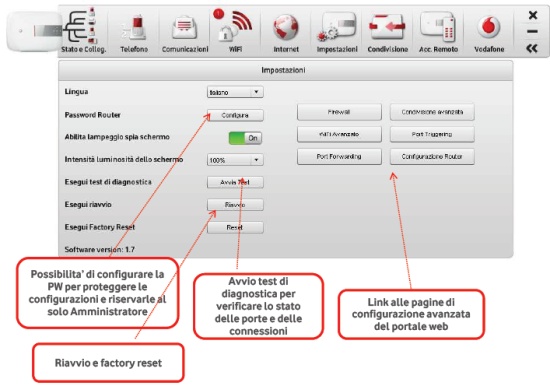
Crack Vodafone Station Wpa Vs Wpa2
What Does It Matter? You did what you were told to do, you logged into your router after you purchased it and plugged it in for the first time, and set a password. What does it matter what the little acronym next to the security protocol you chose was? As it turns out, it matters a whole lot. As is the case with all security standards, increasing computer power and exposed vulnerabilities have rendered older Wi-Fi standards at risk. It’s your network, it’s your data, and if someone hijacks your network for their illegal hijinks, it’ll be your door the police come knocking on. Understanding the differences between security protocols and implementing the most advanced one your router can support (or upgrading it if it can’t support current gen secure standards) is the difference between offering someone easy access to your home network and not.
WEP, WPA, and WPA2: Wi-Fi Security Through the Ages Since the late 1990s, Wi-Fi security protocols have undergone multiple upgrades, with outright deprecation of older protocols and significant revision to newer protocols. A stroll through the history of Wi-Fi security serves to highlight both what’s out there right now and why you should avoid older standards. Wired Equivalent Privacy (WEP) Wired Equivalent Privacy (WEP) is the most widely used Wi-Fi security protocol in the world. This is a function of age, backwards compatibility, and the fact that it appears first in the protocol selection menus in many router control panels. WEP was ratified as a Wi-Fi security standard in September of 1999. The first versions of WEP weren’t particularly strong, even for the time they were released, because U.S.
Restrictions on the export of various cryptographic technology led to manufacturers restricting their devices to only 64-bit encryption. When the restrictions were lifted, it was increased to 128-bit. Despite the introduction of 256-bit WEP, 128-bit remains one of the most common implementations. Despite revisions to the protocol and an increased key size, over time numerous security flaws were discovered in the WEP standard.

As computing power increased, it became easier and easier to exploit those flaws. As early as 2001, proof-of-concept exploits were floating around, and by 2005, the FBI gave a public demonstration (in an effort to increase awareness of WEP’s weaknesses) where they cracked WEP passwords in minutes using freely available software. Despite various improvements, work-arounds, and other attempts to shore up the WEP system, it remains highly vulnerable. Systems that rely on WEP should be upgraded or, if security upgrades are not an option, replaced. The Wi-Fi Alliance officially retired WEP in 2004. Wi-Fi Protected Access (WPA) Wi-Fi Protected Access (WPA) was the Wi-Fi Alliance’s direct response and replacement to the increasingly apparent vulnerabilities of the WEP standard.
Learn more about wireless network encryption - WEP vs. Type ea sports cricket 2007 tpb proxy. Find out which one is most secure and how to secure your network. What Are WEP, WPA, and WPA2. Crack WPA/WPA2 Wi-Fi Routers with Aircrack-ng and Hashcat. C0 - 144 10 6 54e WPA2 CCMP PSK ASUS BSSID STATION PWR Rate Lost Frames Probe. Below is a list of all of the commands.
WPA was formally adopted in 2003, a year before WEP was officially retired. The most common WPA configuration is WPA-PSK (Pre-Shared Key). The keys used by WPA are 256-bit, a significant increase over the 64-bit and 128-bit keys used in the WEP system. Some of the significant changes implemented with WPA included message integrity checks (to determine if an attacker had captured or altered packets passed between the access point and client) and the Temporal Key Integrity Protocol (TKIP).
TKIP employs a per-packet key system that was radically more secure than the fixed key system used by WEP. The TKIP encryption standard was later superseded by Advanced Encryption Standard (AES).